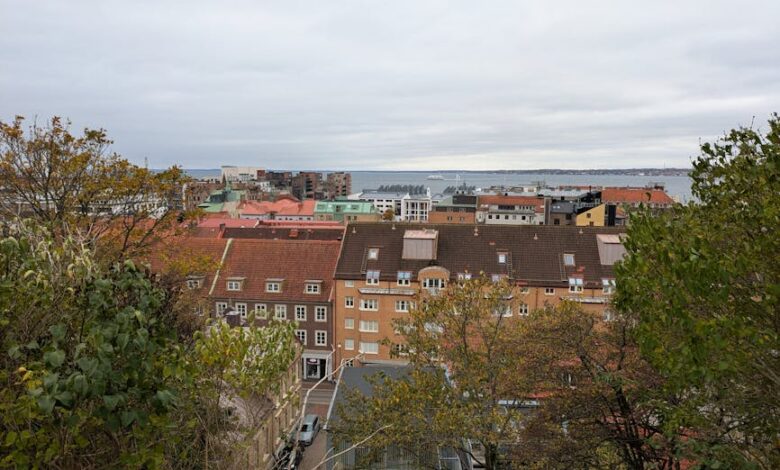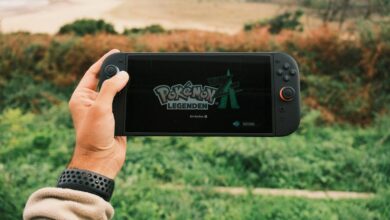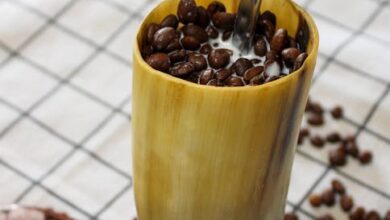Building the Visual Foundation with Bokeh: From Raw Data to Insightful Plots

In our increasingly data-driven world, merely seeing data isn’t enough. We need to interact with it, explore its depths, and understand its nuances in real-time. Static charts, while informative, often fall short of delivering the dynamic insights modern professionals crave. Imagine a dashboard that responds to your every click, filters instantly, and streams live data without a stutter. Sounds like a dream, right?
Today, we’re going to turn that dream into a tangible reality. We’ll dive into the powerful synergy of Bokeh, a phenomenal Python library for interactive visualization, and custom JavaScript (CustomJS) to build a fully interactive, real-time visualization dashboard. What makes this approach so compelling? It’s the ability to blend Python’s analytical prowess with JavaScript’s unparalleled browser-side responsiveness, sidestepping those pesky server-side callbacks for truly instantaneous interactions.
Ready to redefine how you visualize and interact with data? Let’s get started.
Building the Visual Foundation with Bokeh: From Raw Data to Insightful Plots
Every great dashboard begins with solid visualizations. Bokeh provides an intuitive and powerful way to transform raw data into engaging plots. Our journey starts by setting up a synthetic dataset, mimicking sensor readings – temperature, pressure, humidity, and sensor IDs over time. This gives us a playground to experiment with.
Initial Explorations: Scatter Plots and Hover Tools
We kick things off with a classic: a scatter plot visualizing temperature against pressure. Even at this basic stage, Bokeh shines. Adding a HoverTool instantly elevates the user experience, allowing us to inspect individual data points with contextual details like humidity and sensor ID. It’s a small detail that makes a big difference in data exploration.
Linked Brushing: Connecting the Dots Across Multiple Plots
Data rarely tells a complete story in isolation. Often, you need to see how variables relate across different views. This is where linked brushing comes into play. By adding a second plot, say humidity versus temperature, and linking its data source to the first, selections made in one plot are immediately reflected in the other. Select a cluster of points in the temperature-pressure plot, and watch as the corresponding humidity-temperature points light up. This simultaneous analysis helps uncover correlations and patterns that might otherwise remain hidden.
Adding Depth with Color Gradients: A Visual Language
To further enrich our visualizations, we introduce continuous color mapping. Imagine a plot of pressure versus humidity, where each point’s color intensity represents its humidity level. Using a LinearColorMapper and a vibrant palette like Viridis, coupled with a clear ColorBar, transforms our chart into a more intuitive and informative tool. Suddenly, variations in humidity are not just numbers, but a visual gradient, making interpretation effortless.
Interactive Filters and Dynamic Data Tables: Empowering User Exploration
Static charts, no matter how beautiful, can only tell one story. True interactivity comes from allowing users to manipulate the data they see. Bokeh provides a rich set of widgets that enable just that, letting users filter, slice, and dice data right within the browser.
Dropdowns and Sliders: Crafting Real-Time Control
We introduce a dropdown menu for “Sensor ID Filter” and a slider for “Max Temperature.” These widgets aren’t just decorative; they’re direct conduits to our data. When a user selects a specific sensor or adjusts the temperature threshold, our plots and data tables dynamically update. The magic happens through Bokeh’s CDSView and BooleanFilter, which allow us to define custom filtering logic applied directly to our ColumnDataSource.
This dynamic filtering capability is incredibly powerful. Instead of generating multiple static reports, users can instantly zero in on specific subsets of the data, observing how different parameters affect the overall trends. It’s like having a personalized data analyst at your fingertips.
Dynamic Data Tables: A Deeper Dive into the Numbers
Beyond visual exploration, users often need to see the underlying data. We integrate a DataTable widget that displays selected columns of our dataset. What’s more, we add a CheckboxGroup, allowing users to choose which columns are visible in the table. As selections change, the table instantly reconfigures, providing a flexible and comprehensive view of the filtered data. This combination of visual and tabular data presentation caters to different analytical preferences, making the dashboard exceptionally versatile.
Unleashing Browser-Side Power with CustomJS: The Real-Time Edge
While Bokeh’s Python-driven callbacks for filtering and updating are robust, there are scenarios where you need absolute, unadulterated speed – interactions that happen entirely client-side, without a single round trip to the server. This is where Bokeh’s CustomJS shines, bridging the gap between Python’s data processing and JavaScript’s browser-native responsiveness.
Instant Actions with CustomJS: Beyond Python Callbacks
Imagine a button that, when clicked, instantly enlarges points on a plot, or adjusts an axis range, all without waiting for a Python script to execute. That’s the power of CustomJS. We can embed snippets of JavaScript directly into our Bokeh models, triggering actions instantly in the user’s browser.
For instance, we can create a simple sine wave plot and attach a CustomJS callback to a button. When clicked, this JavaScript code directly manipulates the plot’s rendering properties (e.g., increasing marker size) on the client side. There’s no Python code executing after the initial dashboard load. This is a game-changer for applications demanding low-latency interactions, dramatically improving the user experience and reducing server load.
This client-side control empowers us to build incredibly fluid and responsive interfaces. It’s not just about speed; it’s about creating a seamless user experience where the dashboard feels alive and directly manipulable.
Embracing Live Data Streams: The Future of Interactive Dashboards
A “real-time” dashboard isn’t truly real-time if it can’t handle live data. Bokeh provides elegant solutions for streaming new data points directly into existing plots, keeping your visualizations fresh and current.
Simulating Sensor Streams: Watching Data Unfold
We can simulate a live data stream by continuously adding new points to a plot, for example, a “Streaming Sensor Value” chart. As new data arrives, Bokeh’s stream() method efficiently appends it to our ColumnDataSource, and the plot updates dynamically. We can even implement a “rollover” mechanism to keep the plot focused on the most recent data, preventing it from becoming unwieldy.
This capability is crucial for applications like IoT monitoring, financial market analysis, network traffic visualization, or any scenario where continuous, up-to-the-minute insights are critical. Watching data unfold before your eyes, reacting to live events, is an incredibly powerful analytical experience that truly showcases the production-readiness of Bokeh dashboards.
Conclusion: Crafting Intelligent, Responsive Dashboards for a Data-Rich World
Our journey through building an interactive, real-time visualization dashboard with Bokeh and CustomJS reveals a powerful truth: modern data exploration demands more than just static charts. It requires a dynamic, responsive interface that empowers users to delve into data on their own terms.
We’ve moved from foundational plots and linked selections to sophisticated color mapping, dynamic filtering, and live data streaming. Crucially, we’ve harnessed the combined might of Python’s analytical backend with JavaScript’s client-side responsiveness through Bokeh’s CustomJS. This seamless integration allows us to create dashboards that aren’t just visually compelling but also intelligent, lightning-fast, and truly interactive, making data exploration an intuitive and insightful process.
Building dashboards like these means you’re not just presenting data; you’re creating an experience. You’re giving users the tools to ask deeper questions, find hidden patterns, and make more informed decisions, all within a production-ready, browser-based environment. This is the future of data visualization, and with Bokeh and CustomJS, you’re at the forefront.





